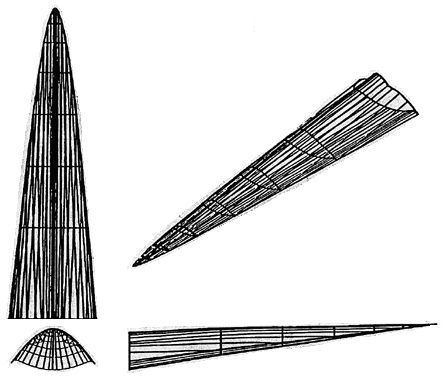In my world, an engine very similar to the SABRE engine has been made. Along with it is the development of WEAV propulsion systems.
The SABRE engine is a hybrid between a hypersonic jet engine and a rocket engine. It uses the jet configuration to get to high atmosphere, and then uses the rocket configuration to propel it into space. It has a speed of mach 5.4 in jet mode, and mach 25 in rocket mode.
WEAV propulsion systems are systems using electrolodes on the hull of the craft to vaporize the surrounding air into plasma and then using a magnetic field to manipulate the plasma so that it pushes air away from the craft generating lift and thrust with no moving parts.
What I'm envisioning is a craft that takes off VTOL style with the WEAV. Uses the jet to reach high altitude, and then blasts into space with the rocket.
Assuming all other design features of the aircraft were accounted for, how would this affect air to air combat if it was mounted onto a future air superiority fighter similar in function to the F-22 or bomber similar in function to the B-2 spirit, but designed to accept these features?


